Last thursday we traveled to Stockholm for “From Business To Buttons” conference on friday, hosted by the lovely people at inUse. A full day conference around User Experience, Service Design and Sustainability.
Thursday night we separated to meet friends for dinner. Johan went to have a bite at Yuc and I went to Jamies Italian. Myself finished the night with a good night beer at the hotel bar before a good night sleep on the boat and hotel m/s rygerfjord.
Main experience and impressions after the day
- Meeting great people who want to build great human experiences
- Great design starts with culture: Work should be a safe place to be
- We should challenge ourselves to focus on improving human lives, and don’t forget about the disabled ones
- Problems can be solved through technology without yet another screen
- We spend way too much staring at a screen during a day, what takes us away from our social life
- In fact, we don’t need a screen interaction for everything
- We need to gain more real human empathy for those who we design for
- Challenge ourselves and colleagues to dig deeper and ask for the root cause of their beliefs through using the five WHYs
- Al Gore is vegan
- Scientists breed goats that produce spider silk in larger quantities
- We can not use as much resources as we do today in order to keep climate in a shape that allows human and animal beings to live
ROBOTS, VIRTUAL REALITY, AND ARTIFICIAL INTELLIGENCE: THE FUTURE OF HUMAN INTERACTION WITH TECHNOLOGY
Dr. Susan Weinschenk – CEO of The Team W Inc., Author and Behavioral Scientist
Notes from Susan’s talk:
- Transequence (temporary content) will increase in value – eg. Snapchat
- People (will) use technology to be social
- Having mobile phones on the table, even if it not ours, makes us feel socially less connected towards the ones sitting across the table
- Unconscious data processing will increase – Technology allows us to influence decision making through signals send to our brains (What If You Could Have A Direct Feed From The Internet Into Your Brain?)
- Technology recognizes our decisions 0.7 seconds faster from our brains before we actually take actions
- Technology will increase neuroplastic to help people see, feel and move
- Objects are expected to manage themselves
- People trust machines more than human to make better decisions
- If a car has a voice, and the voice has a name, it is more likely that we can trust it
- The simplest robot made out of cardboard with a voice of an ten year old boy, made people talk right out of their hearts
- Experiments with robots show how human can build relationship with digital mediums (BlabDroid)
- We tend to have more emotions when robots are animal like, rather than human like (Watch robot dog ‘Spot’ run, walk…and get kicked – YouTube)
- Robot pets are used today in nursery home to minimize loneliness
So what….
- Human can in fact be emotionally attached with technology
- Digital should feel more human, as if there is no technology involved
THE BEST INTERFACE IS NO INTERFACE
Golden Krishna – Design Strategist at Google
Notes from Golden’s talk:
- Sometimes we make tasks more complicated with interfaces when in fact no interface is needed
- So called ‘backpocket applications’ allow us to interact without picking up the mobile to achieve specific tasks – the signal of a mobile simply does it for us
- Screens now have taken over our lives
- Screens everywhere, in cars, in your pocket, refrigerator, and even on your nose
- An average person spends 150 times looking at their mobile during a waken day, and more than eight hours staring at a screen
- There are apps for everything. Are you sick? There’s an app for that! Need to pray? There’s an app for that! Dead? Well, there’s an app for that, too!
- Most apps are intentionally addictive distractions that end up taking our attention away from things like family, friends, sleep, and oncoming traffic
- We are eager to use new technology, like screens etc. – But we forget to ask ourselves what the bigger problem is we are trying to solve for people
So what…
- We can build a technologically in an advanced world without digital interfaces
HOW TO MAKE SENSE OF ANY MESS
Abby Covert – Independent Information Architect
Notes from Abby’s talk:
- Many people get overwhelmed when encountered a mess
- The majority of mess is made of information (and people)
- Information is not like content or data
- Data are facts, observations, and questions about something
- Content is whatever a user interacts with
- Information is whatever a user interprets from the arrangement or sequence of things they encounter
- Information architecture is how we arrange the parts to be understandable as a whole
- Language matters
- The goal is not simplify an arrangement or sequence of things – the goal is to be clear with you mean when you say what you say
- There is no right way
- There are only five ways to organize anything: 1. Location, 2. Alphabetical, 3. Time, 4. Category, 5. Hierarchy
- Organizing things isn’t the hard part – Agreeing is the hard part
- We need pictures – Pictures give us something in common to point to
- Visualizing something when it is hard to explain in words
- Show process, not just results
So what…
- Involve real users to solve the mess, understand how they would organize the content
- Group navigation rather so it makes sense to users, not how it reflects internal structure or your own common sense
FROM DAY ONE TO DAY NONE: THE LIFESPAN DESIGN CHALLENGE
Patricia Moore – President at MooreDesign Associates
Notes from Patricia’s talk:
- Don´t make things for disabled people, make them for everyone. If someone disabled could use them, everyone can
- Get empathy for your user, put yourself in their position – feel how they would feel
So what…
- Being a user for a day helps to bridge empathy
- Talking, listening and understanding users allows us to dive deep into their context, needs and goals
DESIGNING CULTURE
Jeff Veen – Design Partner at True Ventures / Former CEO of Typekit
Notes from Jeff’s talk:
- Equanimity (Latin: æquanimitas having an even mind; aequus even animus mind/soul) is a state of psychological stability and composure which is undisturbed by experience of our exposure to emotions, pain, or other phenomena that may cause others to lose the balance of their mind
- Don´t find someone to blame, leaders need to build a safe workplace and spark a mental calmness
- The five whys model helps to identify the root cause of a problem or critique
- Share why something went wrong, how can we solve it and how could we fix so it won’t happen again?
- Great teamwork with no disturbance could solve almost every problem
- Focus to solve the task. Things that Jeff’s team at Typekit planned to take months was solved on a weekend
- Culture should allow us to share our true thoughts
- Chatt allow us to collaborate and act quicker
- Chatt allows employees to respond more open on an opinion
- We should feel safe in a work environment in order to spark innovation and creativity
- Grow a team that trusts and respect each other leading to better products and service
So what…
- Be open for critiques
- Ask why five times in order to dig for the cause root of an opinion
THE MINDFUL MANAGER
Simon Bennett – Managing Principal for LASTing Benefits (AU/UK)
Notes from Simon’s talk:
- Usually it doesn’t feel good when you screwed up
- Being wrong is entirely different from realising that you are wrong
- We are expected to be professional
- Being professional should mean being complete human
- Usually, the higher in an organisation you are, the less you have to defend yourself
- Distinguish between being emotionally intelligent and being emotional
- Ask yourself, do you hold beliefs or do you have knowledge?
- Human beings are social animals, our communities can define, coerce and corrupt us or blame us
- Share the burden
- Safety is everyone’s responsibility
- We experience others from the outside – but ourselves from the inside
- From the outside the irrational use of power looks irresponsible and ugly
- Leaders should use their power to shape new realities instead of distorting our view of the existing one
So what….
- It is ok to screw up, as long as we realise we did
- Screwing up helps us to learn
- Encourage assumptions before knowledge
ELEGANT TOOLS: THE FOUR PRINCIPLES OF BUSINESS DESIGN
Margaret Gould Stewart – VP, Product Design at Facebook
Notes from Margaret’s talk:
- Advertising industry need to adapt to reality
- We need to earn the right to be in people’s pocket
- If Facebook wants users to continue trust, they need to continue deliver values
- Design and act for people where they are
- Understand device and internet connection people have access to
- Giving advertising industry possibility to reach people in a relevant context
Four principles for designing quality business products
- Help people grow
- Balance efficiency and effectiveness
- Bring clarity to complexity
- Be accurate and predictable
TRANSFORMING A CITY: RE-DESIGNING DENVER
Kjell Persson – CEO at inUse
Notes on Kjell’s talk:
- inUse to help Denver to be a better city
- Denver wants to be a more smarter and more sustainable city
- Learning about citizens through data, observation and interviews
- Bringing highest managers from different unity together once a month
- Building shared understanding across different denver departments
- Building measurable short term, mid term and long term goals
THE DEMOCRATIZATION OF TECHNOLOGY
Al Gore – Nobel Peace Prize winner, former US Vice President and Environmentalist
Notes from All Gore’s talk:
- It was less technological advancement and user involvement we payed attention to, Al Gore impressed us mostly with his passion and engagement for environmental change
- Guest in restaurant: If you dye your hair black, you’d look exactly like Al Gore, and you sound like him too
- Science allows us to combine a spider with a sheep. (Spider sheep) – Interesting for biologist, more scary for normal human beings
- We need to react on keeping smaller families in order to keep the population in a manageable amount
- Al Gore is vegan
- We all must make a change to environment now
- Al Gore is positive towards winning the global warming issue
- Do we have to change? – Yes!
- Can we change? – Yes!
- Will we change? – It is up to all of us
- There is no plan B if we fail to prevent the climate change
- We couldn’t rescue people from hurricane Katrina in New Orleans, we definitely cannot rescue world’s population from failing to prevent the climate change

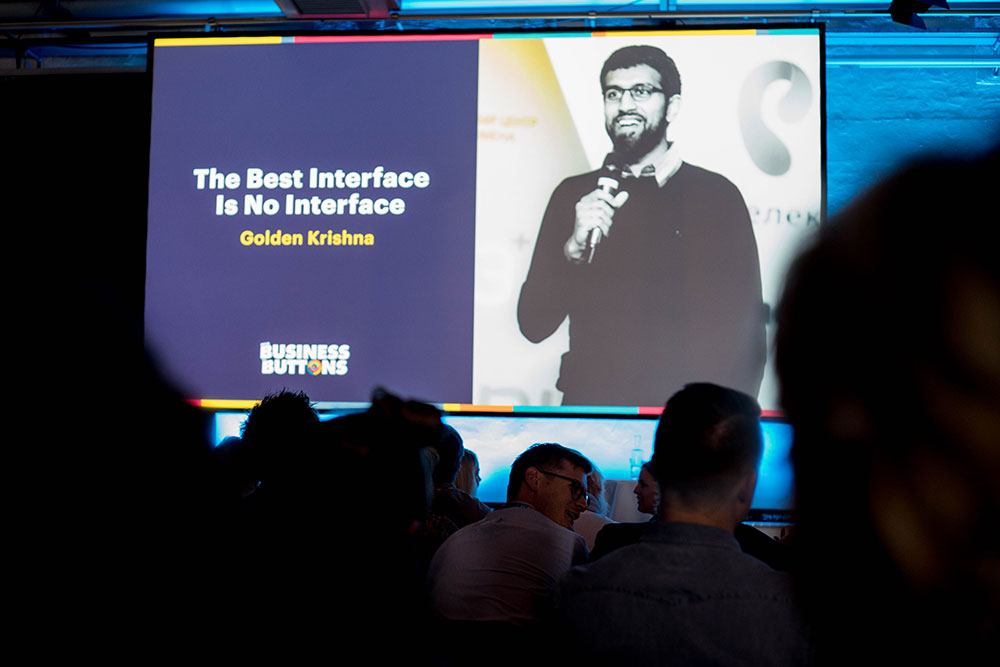
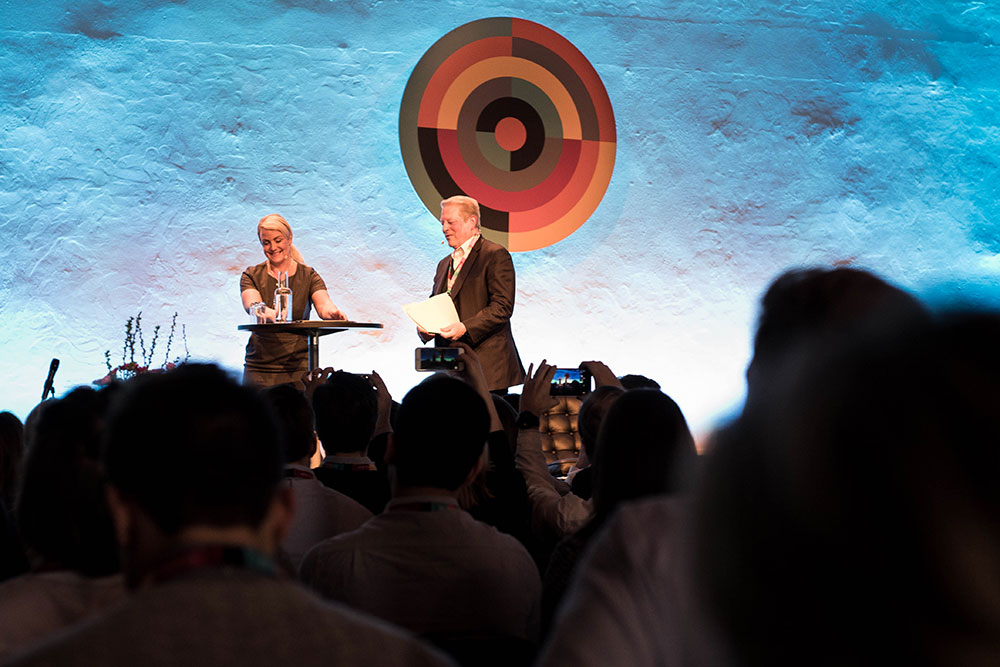
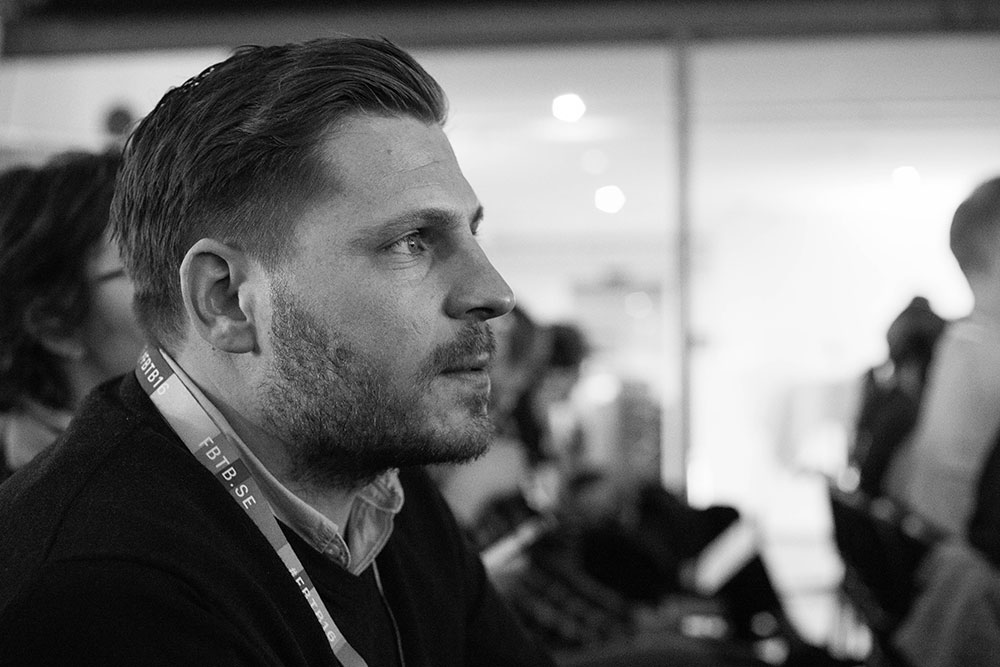
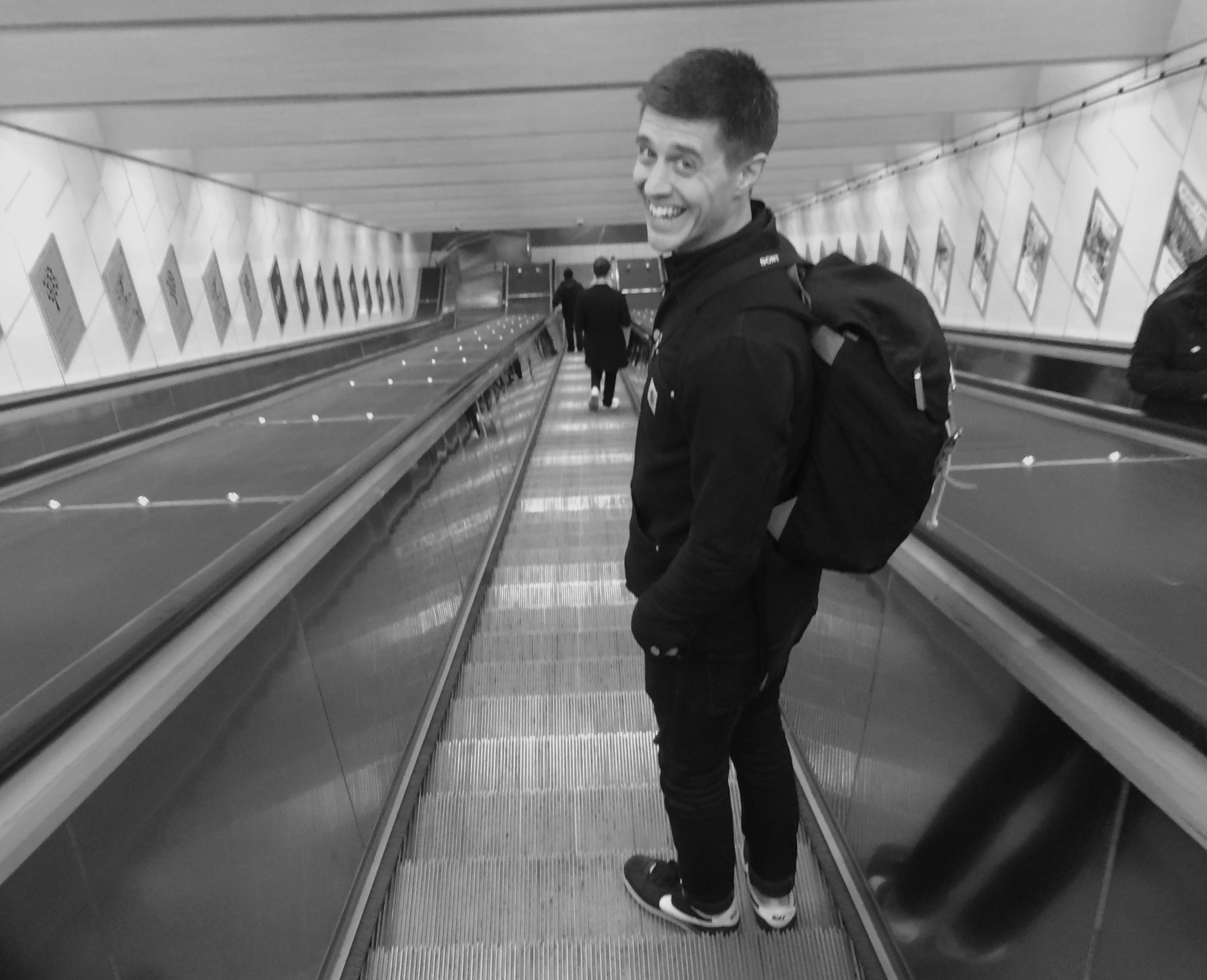

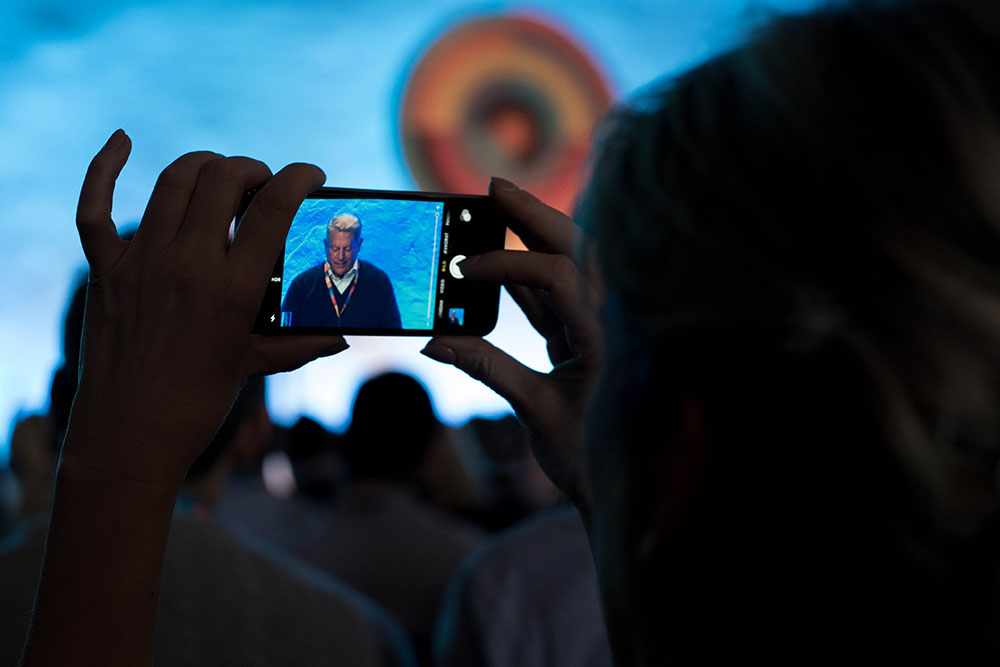
Recent Comments